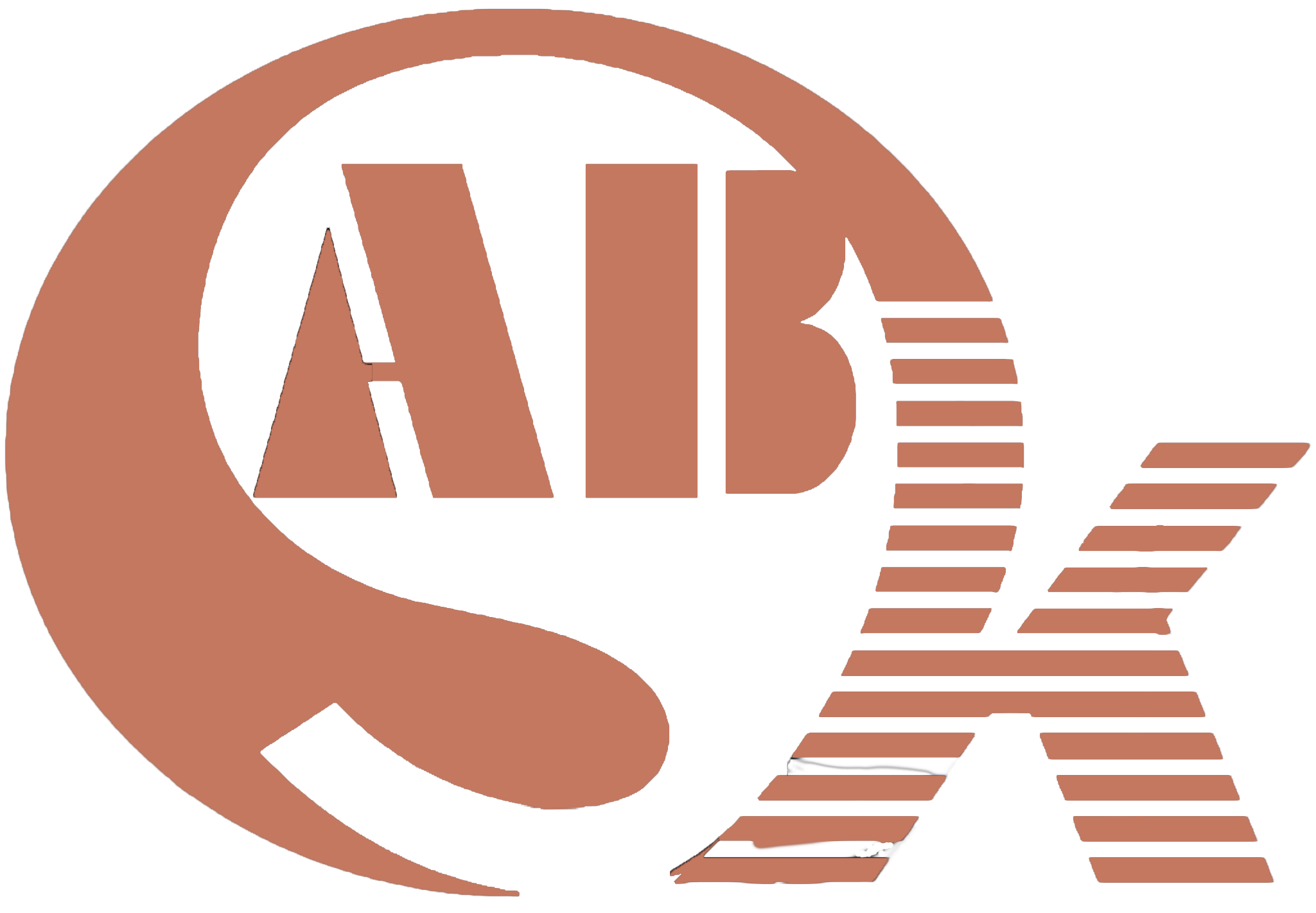Exploring the Benefits and Functionality of Welding Manipulators
In the realm of industrial manufacturing, welding processes stand as the cornerstone of fabricating durable and reliable structures. One of the remarkable innovations that has revolutionized welding operations is the welding manipulator. This article delves into the comprehensive advantages and functionality of welding manipulators, shedding light on their significance in enhancing productivity and quality in welding endeavors.
Enhancing Precision and Safety
Welding manipulators, often referred to as welding positioners, are automated systems designed to facilitate the positioning and manipulation of workpieces during welding processes. One of their prime benefits is the enhanced precision they bring to welding operations. By allowing controlled movement and positioning, manipulators enable welders to achieve consistent and accurate welds, reducing the chances of defects and rework. This not only ensures a higher quality end product but also enhances the safety of the welding process by minimizing human involvement in potentially hazardous conditions.
Improved Productivity and Efficiency
The integration of welding manipulators into industrial setups contributes significantly to boosting productivity. These systems enable the simultaneous handling of multiple welding tasks, allowing welders to work on different portions of the workpiece without manual adjustments. This streamlines the workflow, reduces downtime between welds, and accelerates the overall production process. The result is increased throughput and reduced project completion times, translating into cost savings and improved efficiency.
Adaptability to Complex Geometries
Welding manipulators prove to be invaluable when working with intricate and complex geometries. Their adjustable arms and rotating platforms enable them to reach and maneuver in spaces that may be challenging for human welders to access. This adaptability is particularly useful in industries like shipbuilding, aerospace, and construction, where welding on curved surfaces or tight corners demands specialized equipment. Welding manipulators ensure consistent weld quality across all areas of a workpiece, regardless of its shape or configuration.
Consistent Weld Quality
In welding, achieving consistent and high-quality welds is a paramount objective. Welding manipulators play a crucial role in realizing this goal by eliminating human inconsistencies and fatigue-related errors. These automated systems follow pre-programmed paths with precision, maintaining a constant arc length, travel speed, and deposition rate. The result is a uniform distribution of heat and filler material, leading to strong, defect-free welds. This consistency in weld quality minimizes the need for post-weld inspections and repairs, saving both time and resources.
Cost-Effectiveness and ROI
While the initial investment in welding manipulators may seem significant, their long-term benefits make them a cost-effective solution. The increased productivity, reduced material wastage, and minimized rework collectively contribute to a quicker return on investment (ROI). By optimizing welding processes and minimizing labor requirements, these systems translate into substantial savings over time. Moreover, the enhanced weld quality ensures that the finished products meet or exceed industry standards, further solidifying their cost-effectiveness.
Conclusion
In the landscape of modern welding operations, welding manipulators emerge as indispensable tools that propel industrial processes to new heights of efficiency and quality. Their precision, adaptability, and ability to enhance weld consistency make them an asset in various sectors. From automotive manufacturing to energy production, these automated systems stand as a testament to the power of technology in advancing industrial capabilities. Embracing welding manipulators is not just an investment in equipment; it’s an investment in elevating welding processes to meet the demands of today’s competitive markets.
